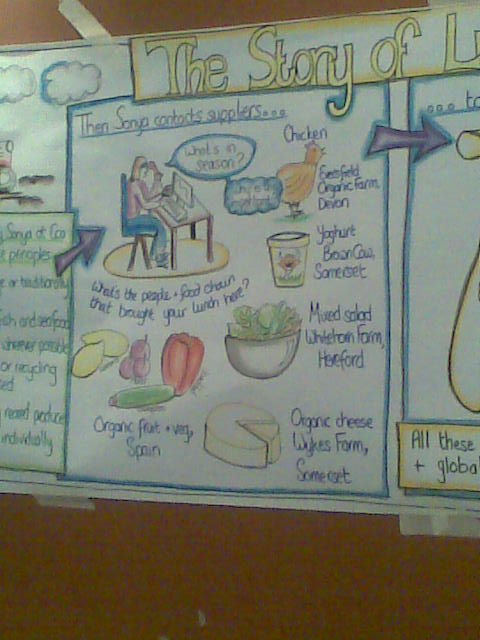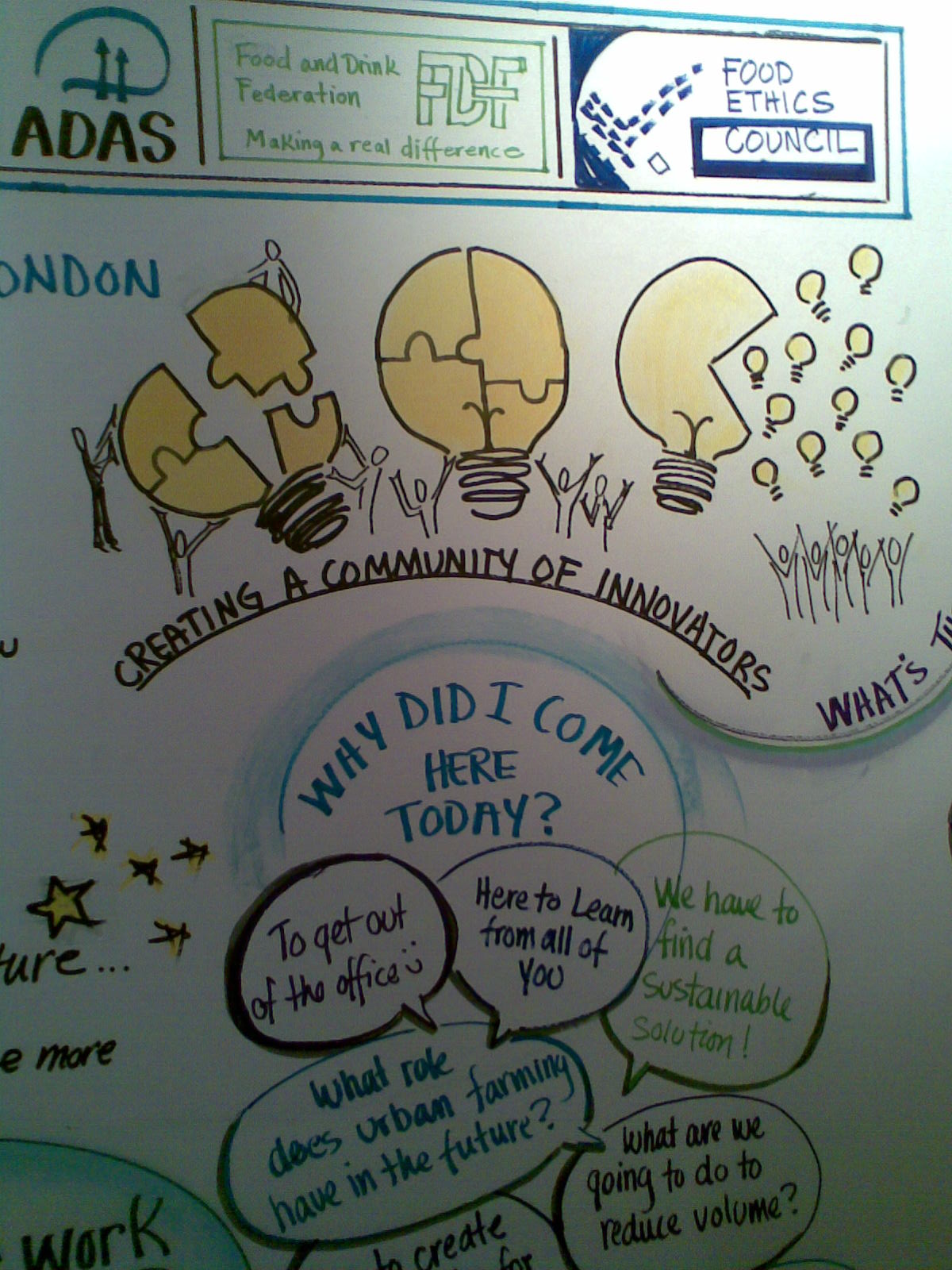It's the time of year for clearing out the cupboards and taking all the cushions off the sofa to sweep out the composting satsuma peel. So I've been through my email inbox dealing with things. And there - among the discarded invitations to really interesting meetings and unanswered requests for advice on things I just didn't know enough about to reply rapidly - was a jewel, waiting to be rediscovered. I get Michael Neill's weekly coaching newsletter, ever since I went on a two-day coaching magic course which he ran in conjunction with Kaizen Training. Each Monday morning week there's an anecdote or exercise and they help me understand better how to coach, consult to clients or facilitate groups. Of course there are also notifications of the courses he's running or books you can buy, but it's easy to ignore that stuff if you're not in the market for it. (From time to time I get a bit exasperated with the recurring theme of money, earnings, finances and feeling rich. That's not why I'm interested in coaching. I ignore those bits too.)
A Conceptual Jewel
The jewel was one of Michael's conceptual frameworks. I'd kept it in my inbox so that I'd remember to blog about it at some point. That point is now.
It's the Four Quadrants of Creation, and it's a way of understanding what might be getting in the way of you achieving or creating something.
I think this is a great framework to have in a coaching toolkit, and I wonder if it can also be used with a team - for example a transition group, or a sustainability team within a larger organisation, or a consultant team reflecting on a particular 'stuckness' with a client?
Michael says:
Think of something you have thus far failed to achieve or create...
Now answer this question:
Is it because you couldn't, you didn't really want to, or both?
He goes on to talk about the twin importance of commitment and competence.
"Commitment is your "want to" - the amount of desire and willingness you bring to your project or creation. Competence is your "how to" - the amount of skill and capability you are currently able to harness."

Sorry about the poor image quality - it's better in the original.
You can probably see straight away how this can be used in a coaching situation: the coachee can consider where their espoused goal is in this matrix, and whether it's insufficient competence or weak commitment which is holding them back.
What's holding you back?
One of my coaching clients has been using a metaphor of baking a cake, for achieving a particular goal. At the moment, something is getting in the way of moving forward, and it is as if the cake batter is being stirred endlessly. It could be that more stirring is what's needed - when the mix is ready for the oven, it will be obvious. Or perhaps there is a reluctance to let go of the comfortable and known act of stirring, and take the irreversible step of putting the potential cake into the test of the fiery furnace.
Only the client can know this, but the framework can help them to discover 'what is' and work with that.
The framework with a team
Could this framework be used to help a team reflect on its progress towards a goal? There would need to be a high degree of trust in the group for it to be used successfully: who wants to tell a colleague about their own lack of competence, or question another person's commitment to a team goal? A prior agreement not to use self-disclosed low levels of competence or commitment against each other later would be needed. Self-disclosure would need to go before reflection on the team as a whole.
In some situations, it would be very helpful to have a framework for understanding what competence is needed for the task. For example, this framework is about sustainability leadership. A structure like a spectrum, with attitudes to the goal marked on it, may also help to give permission to people to be honest about their level of commitment. The horizontal dimension from the 'who can help me' matrix is a possible tool to use for this, if some additional options are added in between the extremes.
Dotting along the scale would form a whole-group picture of where people stand, which can then be used to focus discussion on the team's commitment and what would increase it (or what alternative goal would elicit high commitment).
The matrix could also be used as part of prioritising a team's work - something which will surely be more fraught as cuts make themselves felt in the public sector here in the UK.
Find out what you are really committed to
Some goals enthuse and inspire us, generating remarkable levels of passion and energy and bringing out the best in us. Others feel more like burdens or accusations, staring at us sulkily from the teetering pile of unread journals or the magic inbox which can apparently hold an infinite number of low priority emails.
Peggy Holman, in Engaging Emergence (fantastic book which I keep recommending to people and will blog about properly one day), talks about "taking responsibility for what you love as an act of service". If you move towards the things which you really care about, you are providing your best gift to the overall endeavour. You don't have to do it all, and you don't have to do the things you think you should do - just the things you love to do. This strategic selfishness is echoed in Michael Neill's thoughts about commitment:
"...check to see if this really is your project or if it's someone else's dream placed in your hands. If you decide to fully own it, notice any thoughts about why you can't or shouldn't really allow yourself to want this for yourself. Authentic desire doesn't need to be created - simply uncovered, one limiting belief at a time, and given space to breathe and to grow."











